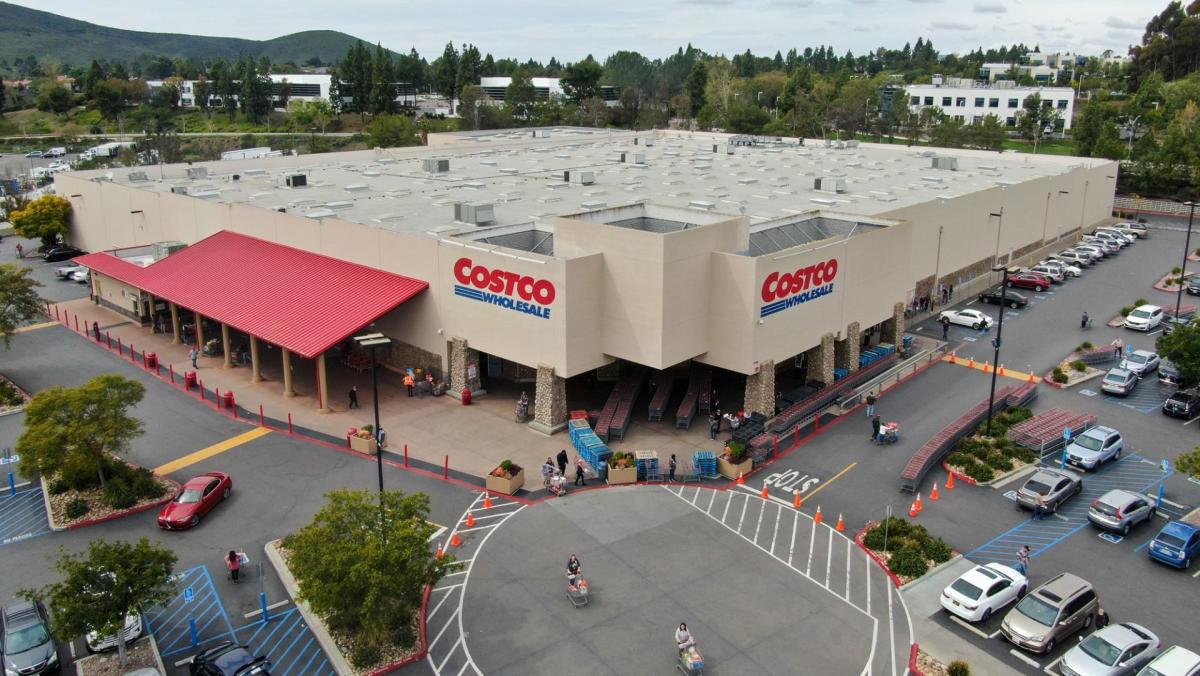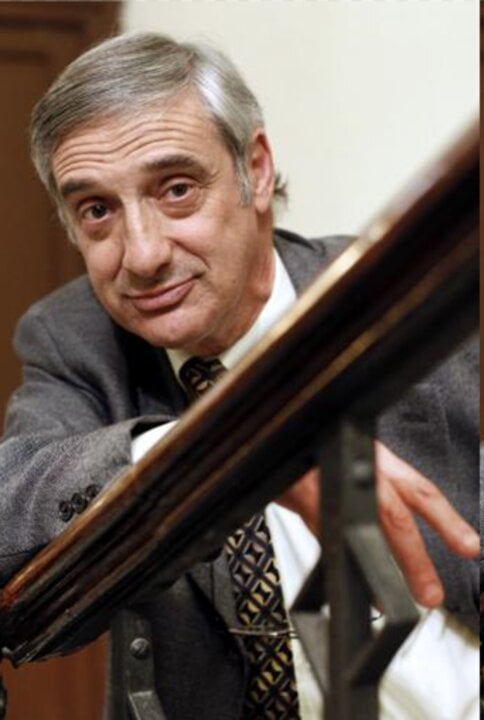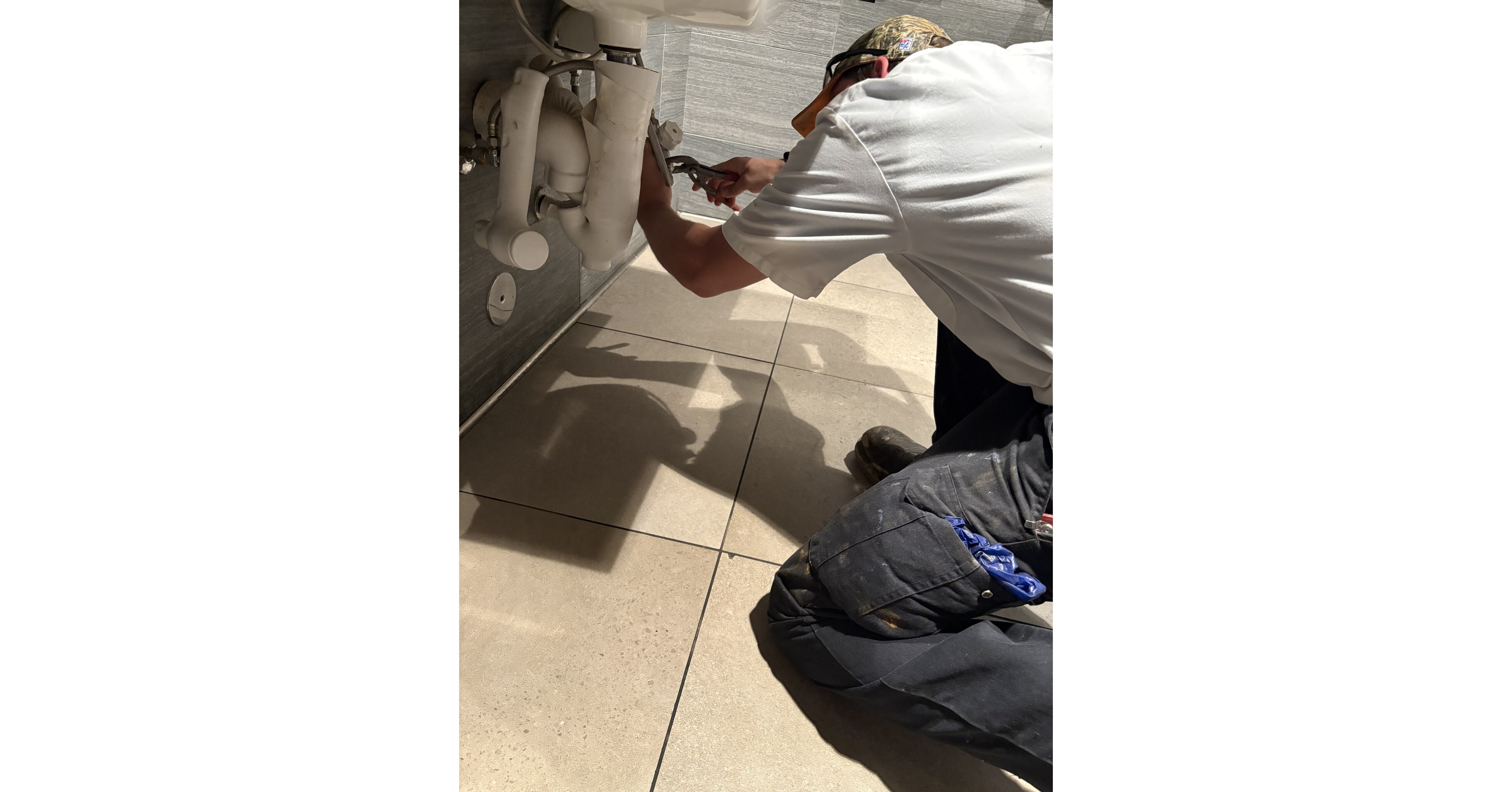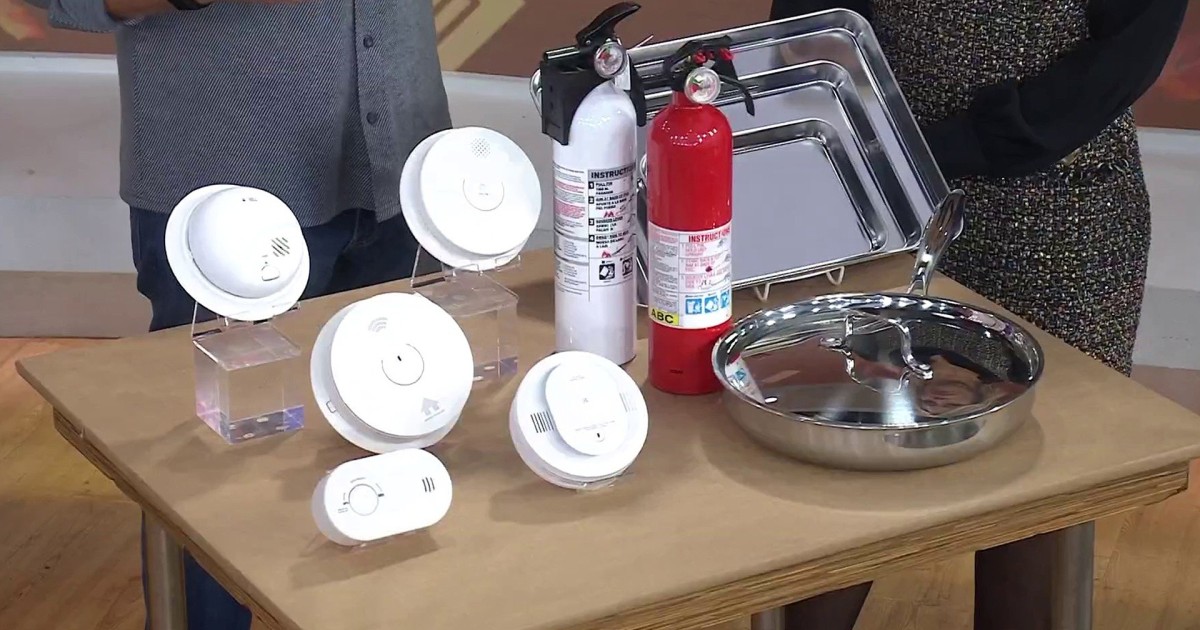The White House, across multiple presidencies, also adopted advances like fax machines and email that Americans take for granted today.
‘White House Experience’ center features full-scale replica of Oval Office
The White House Historical Association is unveiling its new educational center, “The People’s House: A White House Experience,” on Monday.
Fox – 5 DC
Electricity, the telephone and computers are among technological triumphs that are taken for granted now but that rose over time as examples of monumental breakthroughs.
Even less glamorous developments, such as the modern bathroom, have fundamentally reshaped our lives. The White House, at times throughout its history, has been a proving ground for American know-how using and showcasing convenience, practicality and safety.
Who brought electricity, plumbing to the White House?
Electric lighting, first installed in the White House in 1891 a decade after Thomas Edison’s commercialization of it, sparked both light and mistrust in the nation, as the White House helped switch public opinion on the system.
By the time Theodore Roosevelt took office in 1901, electricity was a growing favorite. After a 1902 renovation, only the service areas of the White House retained backup gaslight fixtures. By the 1920s, electric vacuum cleaners were tidying White House carpets and an electric refrigerator hummed in the kitchen.
Plumbing systems in the White House improved gradually over time as well. In the early 1800s, President Thomas Jefferson had an attic cistern installed to distribute water through wooden pipes to two water closets. By 1853, the second floor of the White House had central plumbing with hot and cold taps. By 1876, a 2,000-gallon tank was installed in the attic to supply water throughout the White House. America ultimately followed suit.
Are you old enough to remember the days when telephones weren’t ringing in your pocket? The first White House phone was installed for President Rutherford Hayes in 1879, shortly after Alexander Graham Bell patented the device, but Hayes rarely used it – there was almost no one to call.
But by the turn of the century, the number of phones in the Bell system nationwide began to grow rapidly, from 600,000 in 1900 to nearly 6 million by 1910.
Then on Jan. 25, 1915, President Woodrow Wilson joined the first transcontinental telephone call – a conference call, if you will, with Wilson, Bell in New York, the inventor’s associate Thomas Watson in San Francisco, and the head of American Telephone & Telegraph, Theodore Vail, in Jekyll Island, Georgia.
White House innovation meant Americans could now call to complain
The White House continued to lead with innovation. By 1929, President Herbert Hoover had a phone permanently installed on his own desk; until then, even the president had to step out to take or make a call.
It wasn’t long before the White House had to handle a deluge of calls, whether compliments or complaints. The famed White House switchboard operators answered thousands of calls around the clock, a 10-position Western Electric switchboard was installed in 1963.
The operators were famous for being able to connect the president any time to anyone in the world – or even out of the world. President Richard Nixon called his 1969 Oval Office conversation with the first astronauts on the moon “the most historic telephone call ever made from the White House.”
Earlier historic communications from the White House rode a wave of radio fever with President Franklin D. Roosevelt’s 31 famed Fireside Chats, mostly broadcast from the Diplomatic Reception Room in the White House. His reassuring talks between 1933 and 1944, well-remembered features of his presidency, expanded the use of mass media technology to connect presidents and the public.
LBJ embraces television and network news broadcasts
Almost half a century later, President Ronald Reagan – who had parlayed his radio addresses as California governor into a run for the White House – took to the airwaves with weekly Saturday radio addresses.
The White House also turned early to television, as during the 1950s, the number of American households with a TV set soared from 9% to nearly 90%.
President Lyndon Johnson was the first to fully embrace the medium for speaking to the American people and as a vital tool for monitoring the news. He even had a three-television unit installed in the Oval Office so he could watch all three major networks at the same time.
Written words benefited from technology at the White House, too. In February 1880, a wooden crate arrived at the White House containing a new device: a Fairbanks & Company Improved Number Two Typewriter. A century later, managing paperwork and information had become critical for running the White House.
President Jimmy Carter – a nuclear engineer by training – and his staff welcomed computers for building databases, tracking correspondence and for keeping up with members of Congress.
Near the end of Carter’s term, an “accessory” was installed: a water-cooled IBM laser printer that alone measured 8’x 10’x3′ – that’s 8x10x3 feet, not inches. The White House, across multiple presidencies, also adopted advances like fax machines and email that Americans take for granted today.
Still, as we’ve seen across centuries at the White House, innovation does not need to be electronic. At its simplest, technology is defined as the application of scientific knowledge for a practical purpose. From the beginning of the White House construction in 1792 through the present, from running water in 1833 to email in 1992 to secure smartphones today, occupants and staff at 1600 Pennsylvania Avenue have continually sought innovative ways to improve living and working conditions in the Executive Mansion while showcasing the best that inventors and engineers bring to American life.
Stewart D. McLaurin is president of the White House Historical Association, a private nonprofit, nonpartisan organization founded by first lady Jacqueline Kennedy in 1961, and is director of The People’s House: A White House Experience, a multimedia educational center and museum with leading-edge immersive technologies that bring White House rooms to life.








